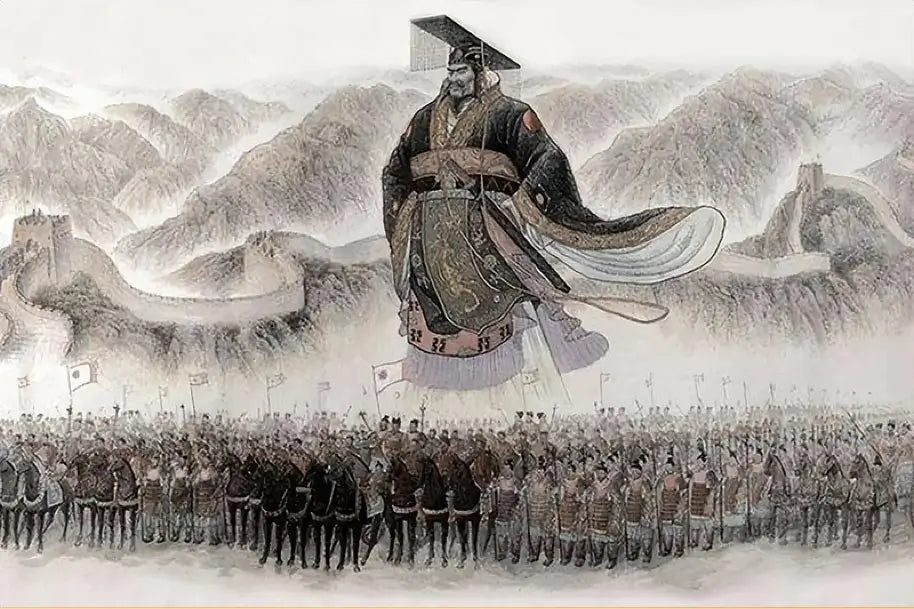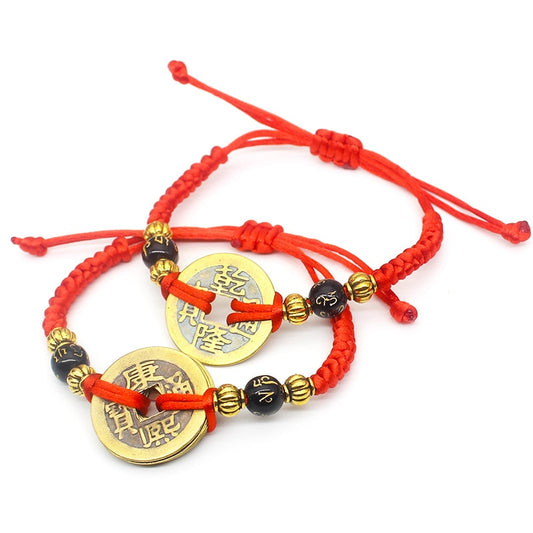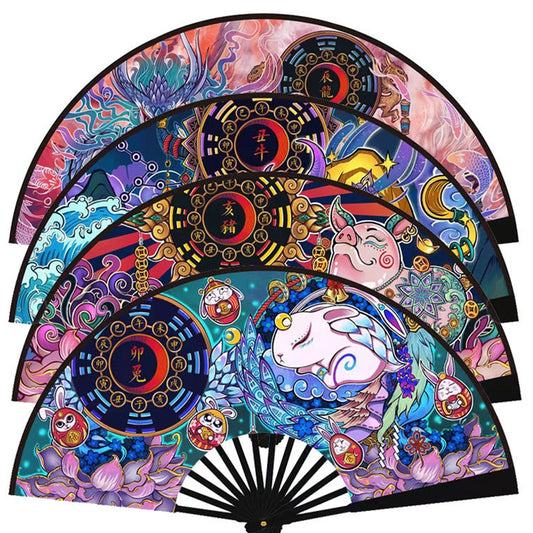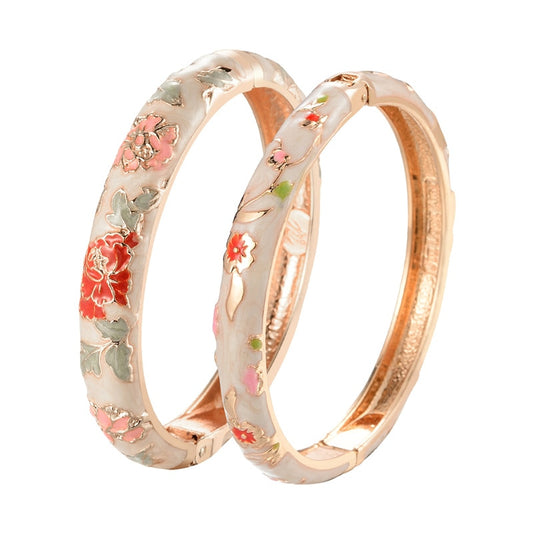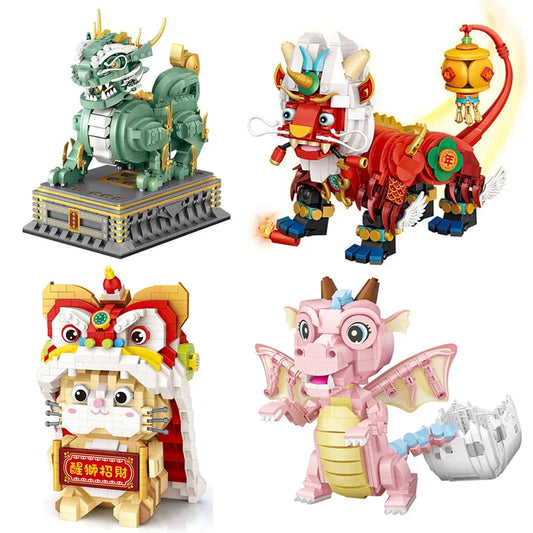When people think about ancient Chinese philosophy, Confucius usually steals the spotlight with his sayings about virtue and harmony. But hiding in the background is another tough, no-nonsense philosophy that shaped the foundations of Chinese history: Legalism. And what better way to understand Legalism than by exploring its symbols—the visual and cultural icons that represent this powerful school of thought?
This article will take you through the heart of Legalism, unpack its symbols, and explain why they mattered to rulers, empires, and maybe even modern society. Let’s dive in.
What Is Legalism?
Before we talk about its symbols, let’s clear the stage: what exactly is Legalism?
Legalism (法家 Fǎjiā in Chinese) was a philosophical system that rose to prominence during the Warring States Period (475–221 BCE). While Confucians preached virtue and Daoists pursued natural flow, Legalists were far more practical—some might say ruthless. They believed in strong laws, centralized authority, and strict punishments. To a Legalist, human nature wasn’t exactly sunshine and rainbows; it was selfish, chaotic, and needed firm guidance through law.
The philosophy reached its peak under the Qin Dynasty, where Qin Shi Huang, China’s First Emperor, used Legalist principles to unify the country. Harsh laws, heavy punishments, and a strict bureaucracy brought order—but also fear.
Why Symbols Matter in Legalism
So why do we even talk about “symbols” when it comes to Legalism? Unlike Buddhism with its lotus or Christianity with its cross, Legalism wasn’t a religion. It didn’t have sacred statues or temples filled with icons. But it did have visual and cultural representations that symbolized its essence.
These symbols reflect the philosophy’s obsession with order, law, and authority. They were less about spiritual devotion and more about reinforcing power structures. Think of them as visual reminders: “Obey the law—or else.”
The Key Symbol of Legalism: The Law (法)
If we had to pick one ultimate symbol of Legalism, it would be the Chinese character 法 (fǎ), meaning law.
The Character 法 Itself
The character combines the radical for “water” (氵) and “to go” (去). In ancient times, water represented fairness and flow. Law, in this sense, was supposed to flow equally to everyone—at least in theory.
Legalists took this idea and ran with it, making law above all else. In their system, no one was exempt—not even the king. The law was the ultimate ruler.
Law as Power
For Legalists, symbols weren’t decorative; they were functional. Legal codes were engraved on bronze vessels or stone tablets, often displayed publicly. Imagine walking into town and seeing giant inscriptions telling you the exact punishment for stealing grain. That’s the Legalist aesthetic: bold, clear, and a little terrifying.
Other Symbols Associated with Legalism
While “law” was the ultimate symbol, other cultural and visual markers also reflected Legalist principles. Let’s explore them.
1. The Ruler’s Authority (The Square and the Straight Line)
Legalists adored the idea of measuring tools—the square and the straight line. These tools symbolized standardization and fairness, which were core to Legalist thinking.
The Qin Dynasty, for instance, standardized weights, measures, and even the width of cart axles. This wasn’t just practical; it was symbolic. A straight line represented the ruler’s unbending authority.
2. The Book of Lord Shang (商君书)
Written by Shang Yang, one of Legalism’s most famous architects, this text became a symbolic reference point. While not a visual icon like a lotus, it symbolized the Legalist obsession with written laws. Owning or quoting this text was like carrying the banner of Legalist thought.
3. Harsh Punishments (The Branding Iron and Chains)
Yes, it’s dark, but punishment itself became a symbol. Legalist rule was notorious for corporal punishments—branding, mutilation, and even execution. Chains, whips, and branding irons symbolized the fear that kept society in order.
4. The Qin Great Wall and Roads
The Qin Dynasty’s massive building projects also symbolized Legalism’s principles. The Great Wall and the imperial road network were not only practical defenses and communication lines; they stood as towering reminders of centralized control, discipline, and the people’s duty to the state.
Legalism Compared to Other Philosophical Symbols
To really understand Legalist symbols, let’s stack them up against their rivals.
- Confucianism: Symbolized by family rituals, ancestral tablets, and the virtue of ren (benevolence). Warm, ethical, and people-focused.
- Daoism: Symbolized by the yin-yang and natural imagery like rivers and mountains. Mystical, flowing, and aligned with nature.
- Legalism: Symbolized by law codes, straight lines, punishments, and imperial authority. Structured, rigid, and definitely not cuddly.
The contrast makes Legalism’s symbols stand out. They weren’t about balance or kindness; they were about control, order, and results.
How Legalist Symbols Showed Up in Daily Life
Legalism wasn’t just an abstract philosophy—it trickled down into everyday life.
- Markets: Scales and weights symbolized fairness but also strict state control.
- Taxation Records: Written tablets symbolized bureaucracy at work.
- Architecture: The uniformity of Qin palaces and walls symbolized centralized power.
People living under Legalism didn’t see friendly symbols like the yin-yang; they saw the heavy hand of the state etched into their environment.
The Legacy of Legalist Symbols
While the Qin Dynasty collapsed quickly (harsh rule tends to backfire), Legalist symbols didn’t vanish. Many carried on into later dynasties:
- Law Codes: Every dynasty after Qin used standardized written laws.
- Imperial Authority: The ruler as the “Son of Heaven” carried Legalist undertones of absolute control.
- Punishments: Though softened, harsh punishments continued as a deterrent.
In short, Legalism’s symbolic DNA runs deep in Chinese governance, even today.
Are Legalist Symbols Still Relevant Today?
You might wonder: do Legalist symbols matter in the modern world? Surprisingly, yes.
- Rule of Law: The idea that law applies to everyone is still central to modern legal systems.
- Standardization: From metric systems to global trade standards, the Legalist love of uniformity is alive and well.
- Authority Symbols: Courtrooms, police uniforms, and government seals all echo Legalist-style authority symbols.
While we don’t carve punishments into stone tablets anymore, the symbolic weight of law and order still governs society.
Conclusion: The Lasting Power of Legalist Symbols
The symbols of Legalism may not be as poetic as the yin-yang or as heartwarming as Confucius’s virtue tablets, but they were undeniably powerful. They were practical, stern, and designed to remind people who was in charge. From the character 法 (law) to the Great Wall, Legalist symbols shouted one thing loud and clear: order above all.
Next time you see a set of scales, a government seal, or a standardized measure, take a moment to remember the ancient roots of Legalist thought. They might not have been cuddly, but they sure left their mark.

